Medical experts say coronavirus COVID-19 and Ebola outbreaks show that robotic medicine can help fight infectious disease, but the goal needs to be applications in everyday health care.



When we came out of the financial crisis of 2008, cloud computing kicked into high gear and started to become a pervasive, transformational technology. The current COVID-19 crisis could provide a similar inflection point for AI applications. While the implications of AI continue to be debated on the world stage, the rapid onset of a global health crisis and concomitant recession will accelerate its impact.
Times of crisis bring rapid change. Efforts to harness AI technologies to discover new drugs – either vaccine or treatment – have kicked into hyperdrive. Startups are racing to find solutions and established companies are forming partnerships with academia to find a cure. Other companies are researching existing drugs for their potential applicability. AI is proving a useful tool for dramatically reducing the time needed to identify potential drug candidates, possibly saving years of research. AI uses already put into action are screening for COVID-19 symptoms, decision support for CT scans, and automating hospital operations. A variety of healthcare functions have started to be performed by robots, from diagnosis to temperature monitoring.
Whatever the new normal becomes in the aftermath of the current crisis, it’s apparent that AI will be an even larger part of the technology landscape going forward — and not only for healthcare.
As the coronavirus spreads around the world, the urgency of being able to scale up a vaccine is even more critical.
Delays in production can occur at any point in time, from timely receipt and testing of raw materials, to characterization of the drug substance, to quality testing and release.
Automation technologies can help both speed up the manufacturing process and make the process safer and more efficient by reducing manual errors.
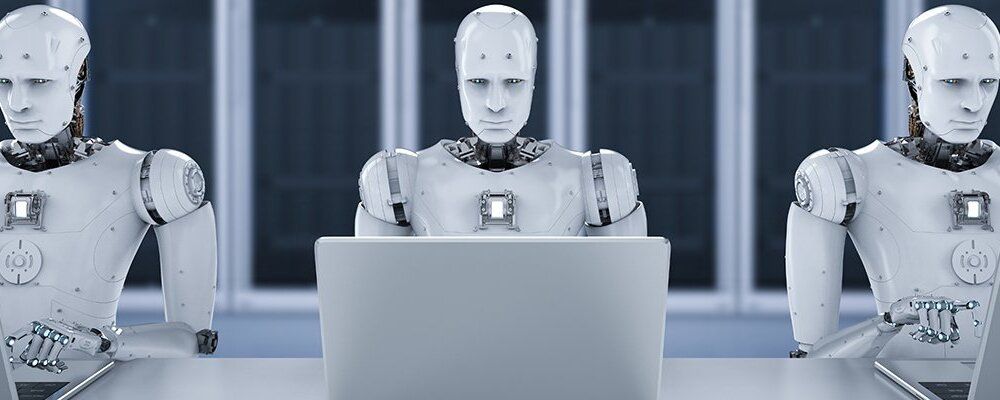
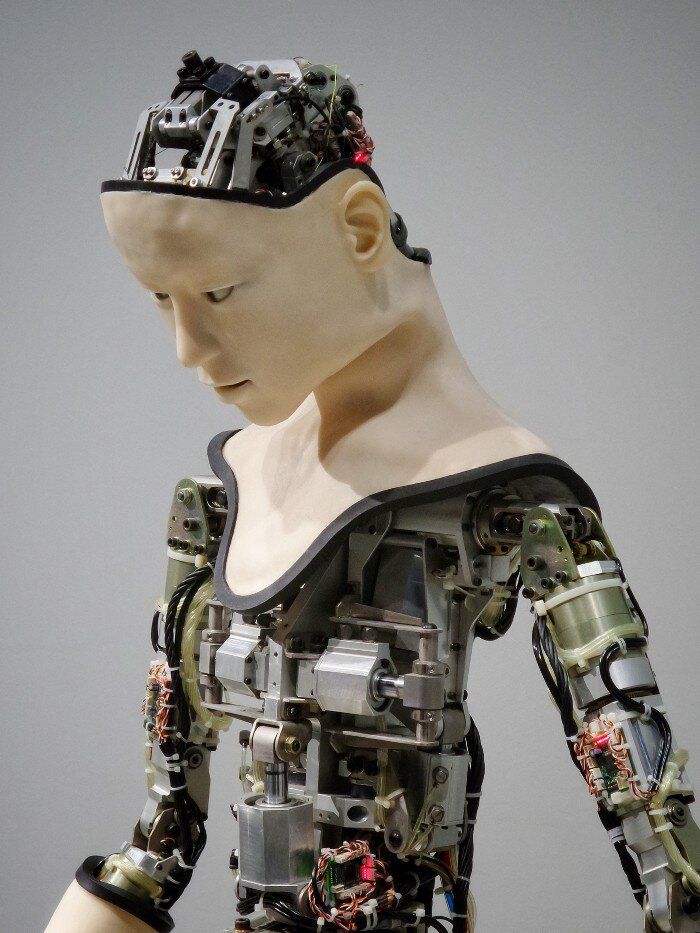
AI has found religion.
Or at least one engineer and quantum researcher has brought a bit of religion to his AI project.
George Davila Durendal fed the entire text of the King James Bible into his algorithms designed to churn out dialogue in the style of the Old Testament.
Durendal claimed his project, AI Jesus, learned and absorbed “every word more thoroughly than all the monks of all the monasteries that have ever been,” offering a little biblical style verse of his own.
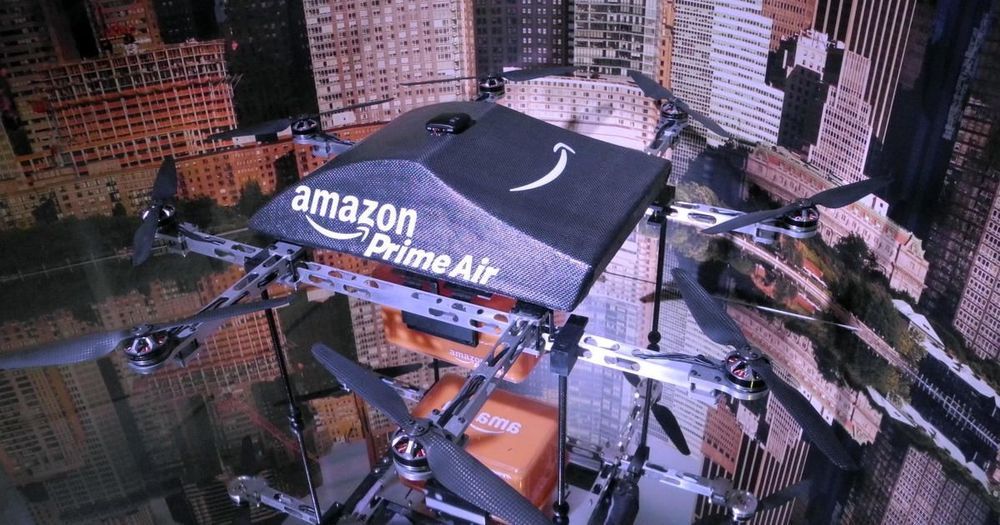
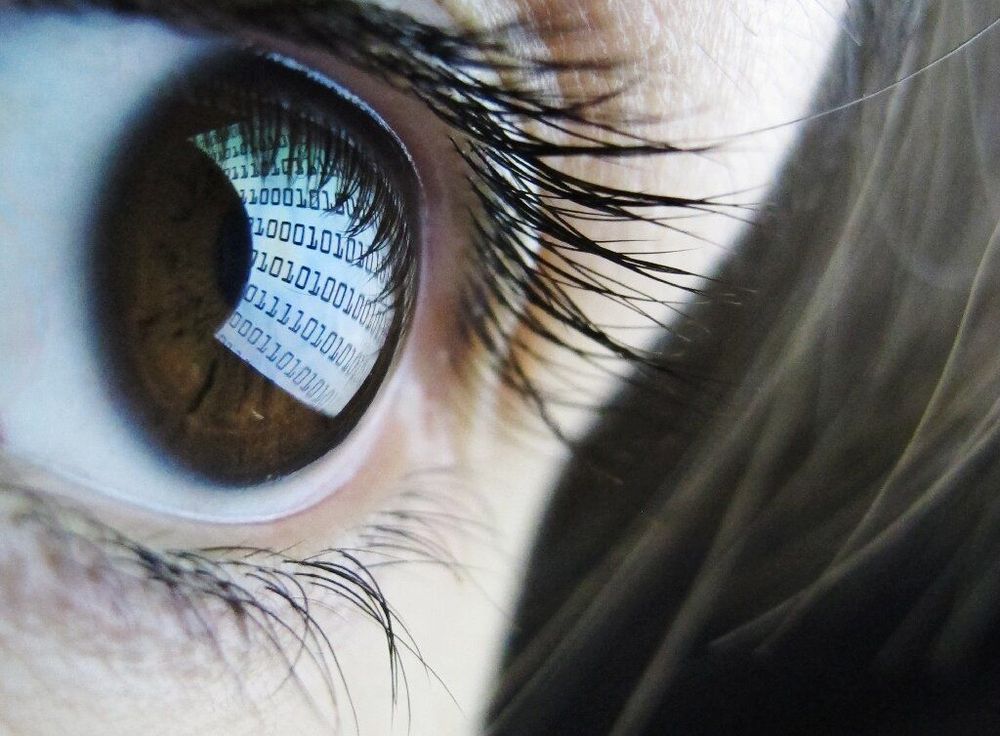
An artificial intelligence (AI) technology made by a firm co-founded by billionaire Elon Musk has won praise for its ability to generate coherent stories, novels and even computer code but it remains blind to racism or sexism.
GPT-3, as Californian company OpenAI’s latest AI language model is known, is capable of completing a dialogue between two people, continuing a series of questions and answers or finishing a Shakespeare-style poem.
Start a sentence or text and it completes it for you, basing its response on the gigantic amount of information it has been fed.

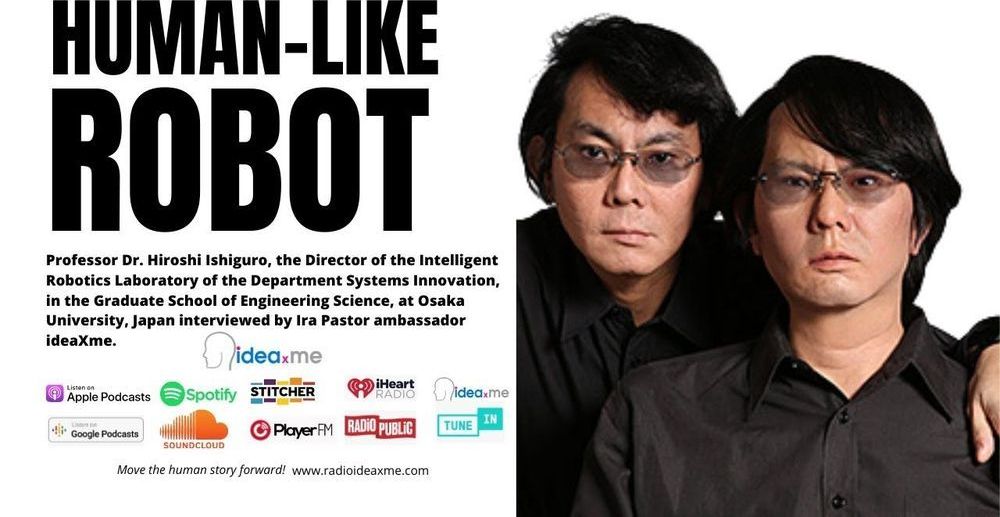
Ira Pastor, ideaXme life sciences ambassador interviews Professor Dr. Hiroshi Ishiguro, the Director of the Intelligent Robotics Laboratory, of the Department of Systems Innovation, in the Graduate School of Engineering Science, at Osaka University, Japan.
Professor Ishiguro is also the Director of the Advanced Telecommunications Research Institute International (ATR), a private company supported by industry, government and academia, with the aim of promoting fundamental and innovative R&D activities, as well as contributing to society in a wide range of telecommunication fields, and is active in such fields as neuro- / knowledge science, intelligent robotics, machine language translation, and wireless communication.
He is also Chief Technology Advisor Vstone Co. Ltd., a commercialization / technology transfer organization set up to promote his inventions.
Professor Ishiguro’s lab works at the intersection of computer vision, robotics and artificial intelligence, concentrating on the idea of making a robot that is as similar as possible to a live human being, and believes it may be possible to build an android in the near future that is indistinguishable from a human, at least during a brief encounter.
Professor Ishiguro received his Ph.D. in Robotics and Computer Sciences from Osaka University, and has attended Yamanashi University, Kyoto University, University of California, and Wakayama University, where he has worked in a range of areas from distributed sensor systems and interactive robotics.
On this ideaXme episode we will hear from Professor Ishiguro about:
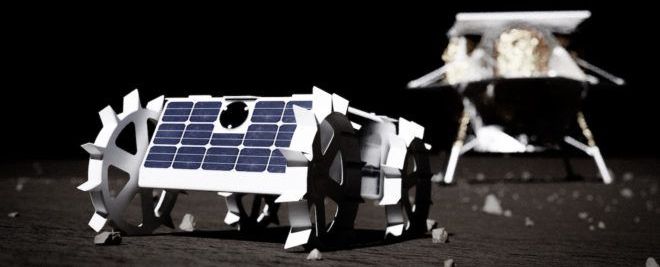
Astrobotic has been awarded two contracts by NASA to support the development of payloads for future delivery on its 4U and 6U CubeRovers— presented as the world’s first line of commercial lunar rovers. CubeRovers are standardized and scalable, providing planetary surface mobility services that support a variety of scientific and commercial missions.
The first $741,000 contract will fuel work on a novel ultra-wide, non-contact Ground Penetrating Radar (GPR) antenna co-developed by Astrobotic and The Ohio State University. The antenna will integrate with a prototype of Astrobotic’s 6U CubeRover, the largest of the CubeRover family, and then test its use on the ground.
Useful for both Earth and planetary science applications, the single antenna can be integrated with diverse mobile platforms to better support lightweight, affordable, subsurface science investigations. GPR tech at this small, lightweight scale is nonexistent in the space market and could enable simple and reliable characterization of lunar lava tubes, subsurface water-ice, and the location of planetary ore deposits.